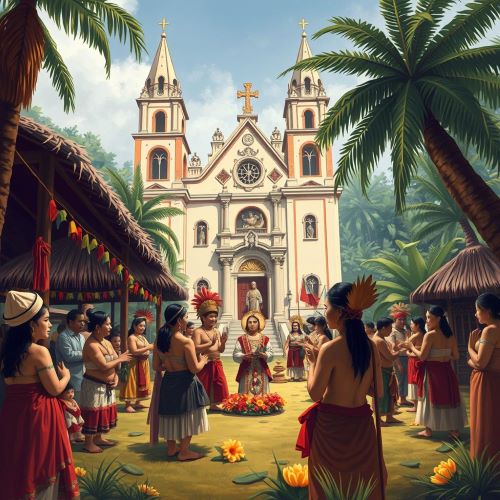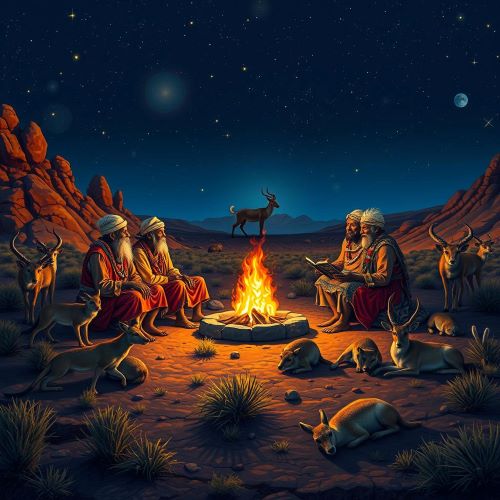Yapese: The Indigenous Islanders Preserving Micronesian Heritage
The Yapese are the Indigenous people of Yap, one of the most culturally rich islands in the Federated States of Micronesia. Known for their deep-rooted traditions, striking navigation heritage, and the world-famous stone money, the Yapese continue to preserve a cultural identity that has remained remarkably resilient despite centuries of external influences. Their society represents one of the finest examples of how an island community can balance modern realities while honouring ancient customs passed down through generations.
Yap consists of four main islands surrounded by more than a hundred limestone islets. Despite their size, these islands hold a cultural legacy that resonates across the Micronesian region. The Yapese share a unique language, architectural style, and lineage system, all of which form an interconnected worldview focused on community, land, and ancestral honour. Their long-standing emphasis on unity makes the Yapese one of the most distinctive cultural groups in the Pacific.
Origins and Early Cultural Development
The Yapese trace their roots to ancient Austronesian settlers who arrived thousands of years ago, bringing with them advanced maritime skills and the foundational structure of the clan-based society that continues to shape Yapese life today. Unlike some neighbouring island groups, the Yapese developed a highly stratified system with village chiefs, noble lineages, and intricate social protocols that governed everything from marriage alliances to land usage.
What sets the Yapese apart is their early mastery of traditional navigation—a skill that turned these small islands into a central hub for long-distance voyaging. Yapese navigators travelled vast ocean routes using stars, waves, cloud patterns, and the behaviour of birds to guide them. This expertise made them essential partners in the historic voyaging networks that connected islands across Micronesia.
Language, Society, and Cultural Identity
The Yapese language belongs to the Oceanic branch of the Austronesian linguistic family. It is known for its complex system of honorifics that reflect social hierarchy and respect. These linguistic layers are not just formalities but essential components of Yapese identity. They reveal how deeply cultural values are woven into daily speech, ensuring that social order is preserved across generations.
Traditional Yapese society is built on extended families known as “tabinaw,” each associated with specific land parcels, ancestral sites, and clan histories. Land is considered sacred and cannot be owned individually. Instead, it is stewarded by families who maintain it for future generations. This collective view of land binds the Yapese together as a people whose heritage is inseparable from their environment.
The Yapese are also known for their stone pathways, traditional houses with peaked roofs, and well-preserved ceremonial sites. These structures reflect the islanders’ respect for balance, stability, and craftsmanship. Even today, the villagers participate in community projects such as house-building and land maintenance as a way of reinforcing unity and cultural continuity.
The Legacy of Stone Money
The most remarkable cultural symbol of the Yapese is their iconic stone money known as rai. These large, donut-shaped limestone discs—some weighing several tonnes—were originally quarried in Palau and transported across dangerous sea routes by Yapese navigators. The value of each rai stone is determined not only by its size but also by the difficulty of its journey and the lineage of ownership.
Even though modern currency is used today, stone money remains an active part of Yapese culture. It is exchanged during important occasions such as marriages, land negotiations, and political agreements. More importantly, rai serves as a historical record of achievement and communal trust. Some stones are so culturally significant that they never move again—only their ownership changes.
Customs, Ceremonies, and Traditional Arts
Dance, storytelling, and chanting are central to Yapese cultural expression. Their dances, often performed in large communal settings, narrate historical events, praise ancestors, or showcase skills in warfare and navigation. Traditional dance competitions between villages help maintain social order, pride, and friendly rivalry.
Yapese artisans are skilled in weaving, woodcarving, and canoe building. Their woven lavalavas, coloured with natural dyes, reflect cultural identity and social standing. Canoes, intricately carved and perfectly balanced, highlight the ongoing importance of navigation skills that define Yap’s heritage.
The Yapese maintain their connection to ancestral spirits through rituals and offerings made at sacred sites. These practices continue to guide community decisions and ensure harmony with the natural world.
Modern Life and Cultural Preservation
While Yap is now connected to global networks through tourism, technology, and modern education, the Yapese people have taken deliberate steps to protect their cultural foundations. Village chiefs still hold significant authority, and traditional laws coexist with contemporary governance. Many young Yapese continue learning traditional navigation, performing cultural dances, and caring for ceremonial sites to preserve their heritage.
The Yapese maintain a strong commitment to environmental stewardship. Their traditional approach to land and ocean management supports sustainable fishing, communal agriculture, and ecological balance. This mindset makes Yap one of the Pacific’s leading examples of how ancient practices can guide modern conservation.
Today, the Yapese identity stands as a symbol of resilience and continuity. By valuing heritage while adapting to change, the Yapese people demonstrate how culture can evolve without losing its soul.
No posts were found.









